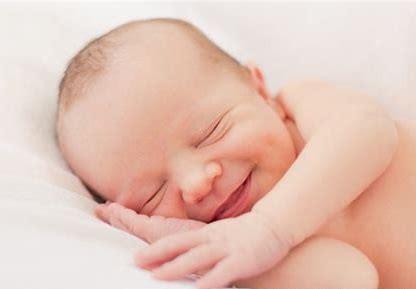Parents are looking forward to the healthy and smooth growth and development of the baby. Some parents even hope that their babies will "immediately climb and walk" for rapid development. How to determine whether the child's development is normal, too early or too late?
This article introduces the normal motor development process and development standards of infants and young children for reference.

Parents must be very concerned about whether their baby's development stage is normal, whether it is too early or too late to develop what is the criterion?
< h1 class="pgc-h-arrow-right" > the "primal reflex" that begins to appear in the neonatal period</h1>
In infants from 0 to 4 months, the movement of the body is in an involuntary stage. Stimuli from the outside world, which cause the body's natural reaction, are the period of existence of "primitive reflexes". Common; and "asymmetrical neck reflexes", etc., are innate or accompanied by the growth and development of the baby, and are conditioned reflexes that are not related to voluntary will. Generally, about 4 months after birth, it will naturally disappear.
Common grip reflexes
Sucking reflex
< h1 class = "pgc-h-arrow-right" > head and neck erection stabilization period</h1>
Babies start at 3 to 4 months and have a stable head and neck. This is a critical period, please refer to the previously published (When will the baby's head and neck stand upright and stable?). What are the significance and indicators? / When will the baby's head and neck stand upright and stable? What are the significance and indicators? (https://www.toutiao.com/i6896045860761780750/) article.
<h1 class= "pgc-h-arrow-right" > the period of voluntary turnaround</h1>
Babies are about 3-4 months old, and once they start to twist their waists and move their bodies from side to side, it means that they are about to turn over. There are individual differences from person to person, so don't worry. The action of turning over will come suddenly in an instant, and it is necessary to do a good job of safety protection.
It is obvious that the little guy has begun to twist his waist, indicating that he is about to practice turning over.
< h1 class="pgc-h-arrow-right" > maintain a stable period of sitting</h1>
Around 5-months of birth, babies will have a state where the back is bent forward, the hands are propped in front of the body, and the back is arched for a short time. After about 6-7 months, the psoas muscles become strong and strong, and it is possible to sit alone without support. The movements that can be done with both hands at the same time are increased, and the game is played with both hands.
As shown in the picture, the little guy is holding the arch hard. It shows that it has begun to be stable in the sitting position.
<h1 class= "pgc-h-arrow-right" > crawling with both hands supporting the body</h1>
Babies around seven months old, supporting their bodies in a prone position with their elbows or hands, move their abdomen forward in a crawling position like they are on the ground. Babies have different personalities and different styles of climbing.
For babies around 7-8 months, the posture and manner of "crawling" varies from person to person. Most babies land on all fours and "crawl" with their hands and feet moving. But there are also children who crawl backwards, or rotate and crawl on the ground with their abdomen as the center, and there are also "sitting" babies who move their bodies and butts from side to side in the sitting position and move forward.
As shown in the figure, the baby's crawling posture varies from person to person, with full elbow support and some crawling like dragging with the abdomen to the ground.
< h1 class = "pgc-h-arrow-right" > the standing period after grasping an object</h1>
About nine months old, crawling becomes proficient. Babies who can grasp objects to support the stand will appear. Both the crawling order and the style of movement vary from person to person.
Be able to stand "briefly" with the help of sofas, chairs, and objects around you
<h1 class = "pgc-h-arrow-right" > hold the object along the straight period</h1>
From about 10 months of age, all motor behaviors become active. I can grab a chair and a shelf to stand up. There are also children who stumble and try to practice walking alternately with their feet.
You can almost stand and walk on your own, despite the occasional fear that you will fall. The look of hard work is cute
< h1 class = "pgc-h-arrow-right" > stand alone</h1>
Babies start from about 11 months old, and "standing alone" becomes a sign of being able to walk. After grasping the object and standing up, some children detach their hands from the object they are holding, and they practice shakily and continuously, standing firmly by the strength of their own bodies. Because there are great differences in individual development, if the development is smooth in other aspects, even if the time of standing alone is late, parents do not have to worry too much.
< h1 class = "pgc-h-arrow-right" > walking alone</h1>
Infants and young children around the age of 1 to 1.5 years old can move their bodies in a "walking" way. Babies will fall and get up again to practice walking repeatedly, and some children want to lie down immediately and continue crawling because they are afraid. At this time, parents do not have to worry, with the process of growth and development, the child will naturally be able to walk alone.
Be able to "wander" alone without assistance
<h1 class="pgc-h-arrow-right" > summary:</h1>
The motor development process of infants and young children has gone through the entire motor development process from the involuntary of the body to the erection and stability of the head and neck, turning over, sitting, climbing, standing to walking. Help parents understand the normal motor development stage of infants and young children, and roughly judge the stage and level of children's motor development.